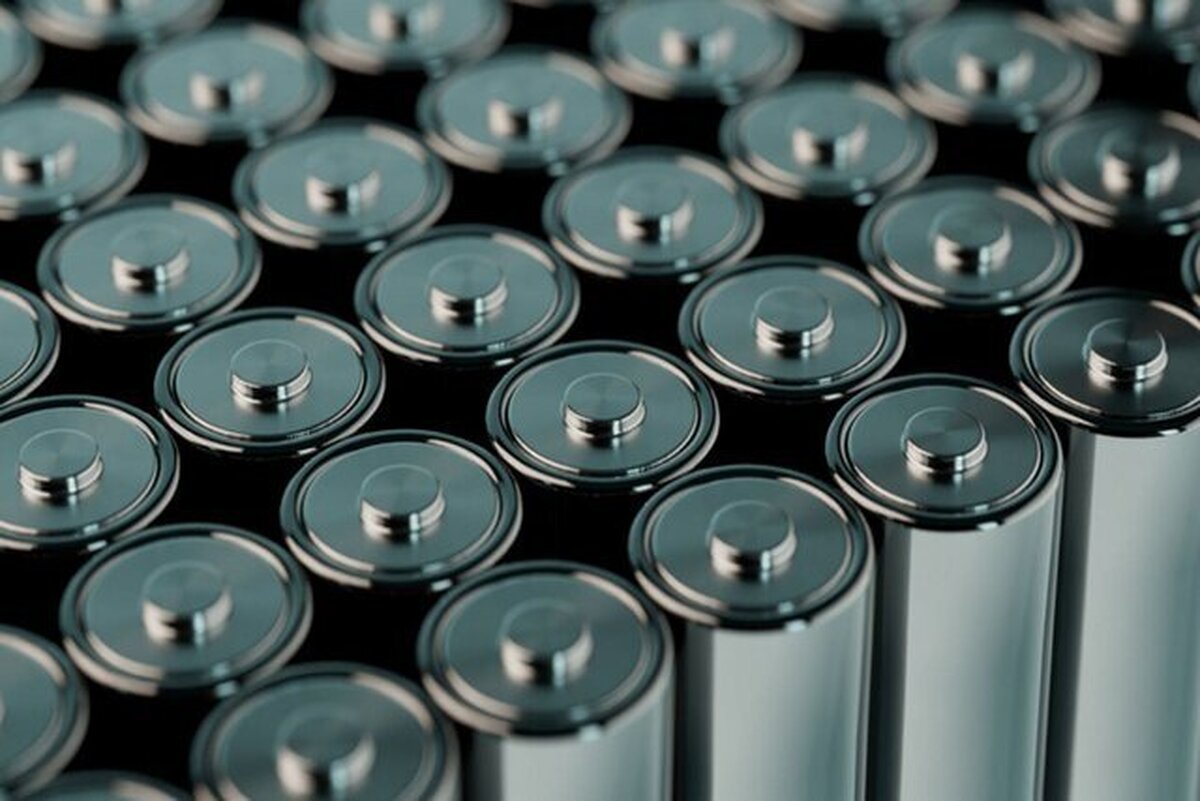Iranian Researcher Offers Solution for Producing More Durable, Faster Charging Lithium Batteries

According to a report by Iran Nanotechnology Innovation Council (INIC), Ali Esfandiar, an associate professor of Physics at Sharif University of Technology (SUT) in collaboration with a group of international researchers showed in laboratory and numerical simulation that the design of suitable functional groups on carbon nanotubes can result in better contact with the surface of silicon nanoparticles.
Despite the very high storage capacity of lithium ion in the atomic structure of silicon as an alternative to the conventional graphite anode, the large and irreversible volume change of the new silicon anodes in lithium ion batteries usually causes the physical fracture of the particle, which causes the disconnection of the conductive agent and the metal context. This unwanted phenomenon leads to unbalanced charge distribution on silicon surfaces in fast charging or low temperature conditions and ultimately reduces the battery’s capacity.
Therefore, the stable and reversible distribution of silicon in the state of lithium ion storage with good mechanical stability in order to withstand large volume change of silicon and maintain the strength and adhesive properties of the material is a big challenge.
In the SUT professor’s research, the interface (contact) between silicon nanoparticle and carbon nanotube with a structure similar to a molecular zipper was designed and synthesized. This interface must be suitable both mechanically and for fast transmission of ions and electrons.
The researchers found out that with the proper selection of polymer material and functional groups, long-term cyclic stability at room temperature and even freezing temperature is achieved for the manufactured batteries. The finite element simulation method results also confirm that the designed interface will cause a more balanced distribution of lithium ion and mechanical stress resulting from silicon expansion. The introduced linear contact model can minimize the stress caused by the deformation during the rapid storage or discharge of lithium ion.
The research offers an effective strategy for the next generation of ion batteries to simultaneously have significant capacity, faster recharging and discharge rates, and longer durability in broader climatic conditions.
The findings of the experiments and studies in the research have been published in the form of an article in the highly prestigious journal Energy Storage Materials with an impact factor of 21.
4155/i





















